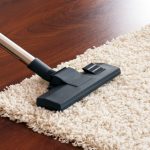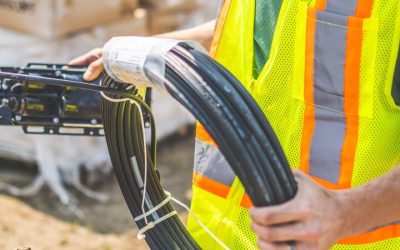One of the advantages of using drawn arc stud welding over other types of welding processes to attach the stud to the workpiece is the simplicity and speed of the operation. It is also essential to a traditional type of fastener as there is no need to drill and insert the fastener through the workpiece, which leaves one side free from any need for access for construction or fabrication.
The process of using a stud weld gun is relatively simple. There are some variations based on the type of stud welding process in use, with the drawn arc process a bit more complex than the CD or capacitor discharge method. However, both options are very easy to master without a significant understanding of welding technology.
In some applications, operators incorrectly using the stud weld gun may experience some problems with the process. To help correct common issues, a quick check of the most often seen errors by operators can be very informative and provide a solution to the problem.
Incorrect Plunge
When using the drawn arc method of stud welding, there is a ferrule that is used to contact in the molten material and concentrate the heat. The plunge is the amount of protrusion of the stud through the ferrule. When the plunge is too short, there is not enough material to create the molten material to form the weld. Too much exposure or a too long of a plunge will provide too much molten material (weld fillet) and cause splattering.
Lift Problems
The lift is the gap that exists between the workpiece and the stud. This is essential to allow the electrical resistance through the air-gap to create sufficient heat to cause melting. When there to limited of a gap there is not enough heat, resulting in only a partial melting and weld.
Other issues can also occur with the settings of the stud weld gun that causes poor or incomplete welds. Always check the gun to make sure it is correctly set and check welds to make any necessary adjustments to time or power.








